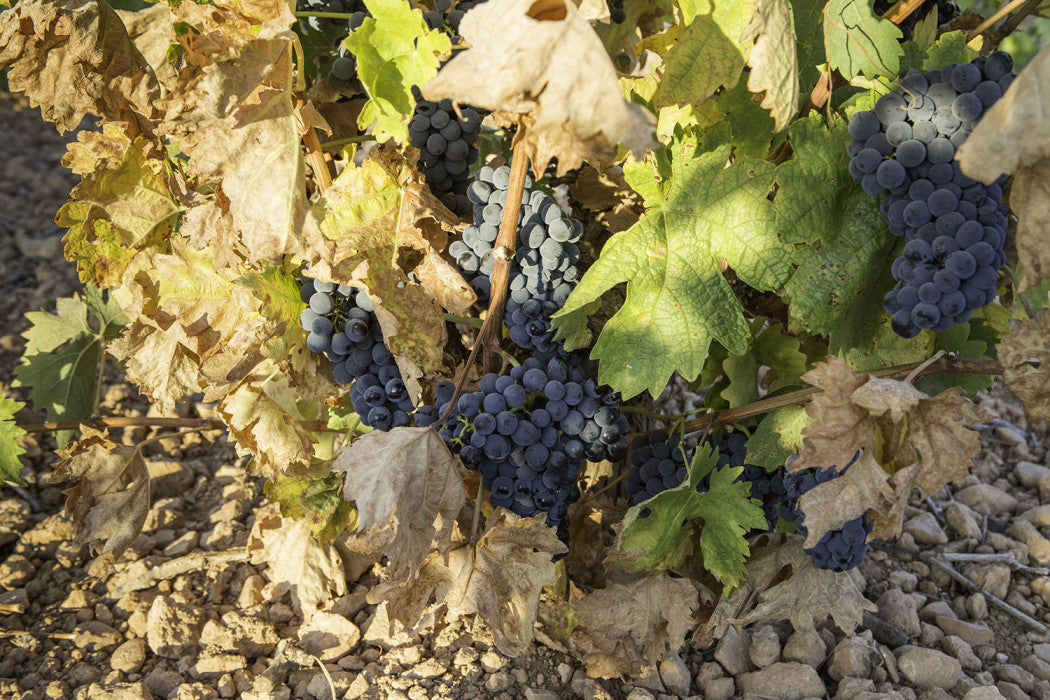Your bag is empty
Already have an account? Log in to check out faster.
Already have an account? Log in to check out faster.
Located in Tomelloso, a town within the renowned wine region of La Mancha, Verum Wineries and Vineyards thrives amidst a culture deeply rooted in wine. For centuries, the Lopez Montero family has played a vital role in Tomelloso's winemaking tradition.
The family's connection to the world of wine dates back to 1788, when their first winery was registered in Tomelloso, as documented in the town's municipal archive. In 1963, Juan Antonio López Ramírez and María Victoria Montero founded Altosa, a winery and distillery that continues to produce and market wines and spirits. While their family farm spans approximately 250 hectares, it was in 2005 that María Victoria and her children embarked on the Verum project, focusing on 80 hectares of the most exceptional vineyard sites on their property.
Bodegas Verum was founded on the belief that the true essence of wine resides in the vineyard. It is within the vines, many of which are over 50 years old, that their fullest expression is achieved. At the heart of Verum's success lies Elías Lopez Montero, the son and winemaker who has been involved in the Verum project since its inception. With experience crafting wines in Ribera del Duero and South Africa, Elías embraces a simple philosophy: working in harmony with nature and the land to reveal the grapes' true potential.
This clear focus has garnered acclaim from esteemed international wine critics such as Jancis Robinson and the Wine Advocate, leading the winery to explore a diverse range of grape varieties. Verum has introduced grapes like Graciano and Mazuelo, which are more commonly associated with other Spanish regions. Additionally, they are dedicated to reviving traditional local varieties such as Moravia Agria, Albillo Real, and Tinto Velasco, which have adapted well to the challenges of climate change and have seen a decline in presence in La Mancha over the past few decades.
In a region dominated by large-scale producers focused on bulk wine production, Verum stands as one of the few family-owned wineries. Guided by the name Verum, meaning truth in Latin, they strive for their wines to reflect the truth found in the vines, their family, tradition, history, and the land itself. Verum's commitment to authenticity, respect for tradition, and dedication to innovation have cemented their position as a distinguished winery within the wine world.
The truth in our land. Rescuing the best soils and vineyards to make our wines.
The truth of our family. Learning from our ancestors, who already worked these lands.
The truth of our wine. Faithful expression of our region and family history.



The beating heart of the Spanish landscape (and the region is actually heart-shaped), Castilla-La Mancha is the autonomous community that sits at the nation’s center, just southeast of Madrid. In many senses, this is archetypal Spain. The name Mancha derives from manxa, a Moorish term that translates to “scorched earth.” Indeed the landscape epitomizes that quintessential Spanish image of dry, beige clay soils baked by the beaming Iberian sun. This is the land of Cervantes’s Don Quixote, a countryside dotted by the famous windmills the masterwork’s protagonist mistook for giants.
Resting atop Spain’s principle plateau, the Meseta Central, Castilla-La Mancha is home to one of the world’s largest continuous winegrowing regions. Hot and prolific in its output, Castilla-La Mancha cultivates a wealth of old vineyards. These gnarly, old, head-trained vines are traditionally planted in a traditional marco real system, in which individual wines are spread approximately 2.5 meters apart to reduce competition for water in this desiccated climate. Although a diversity of grapes are harvested, Cencibel is most prominent among reds, and Airén among whites. In addition to wine production, Castilla-La Mancha is recognized for its sheep farming. The famous Spanish cheese Manchego takes its name and hails from the region.
